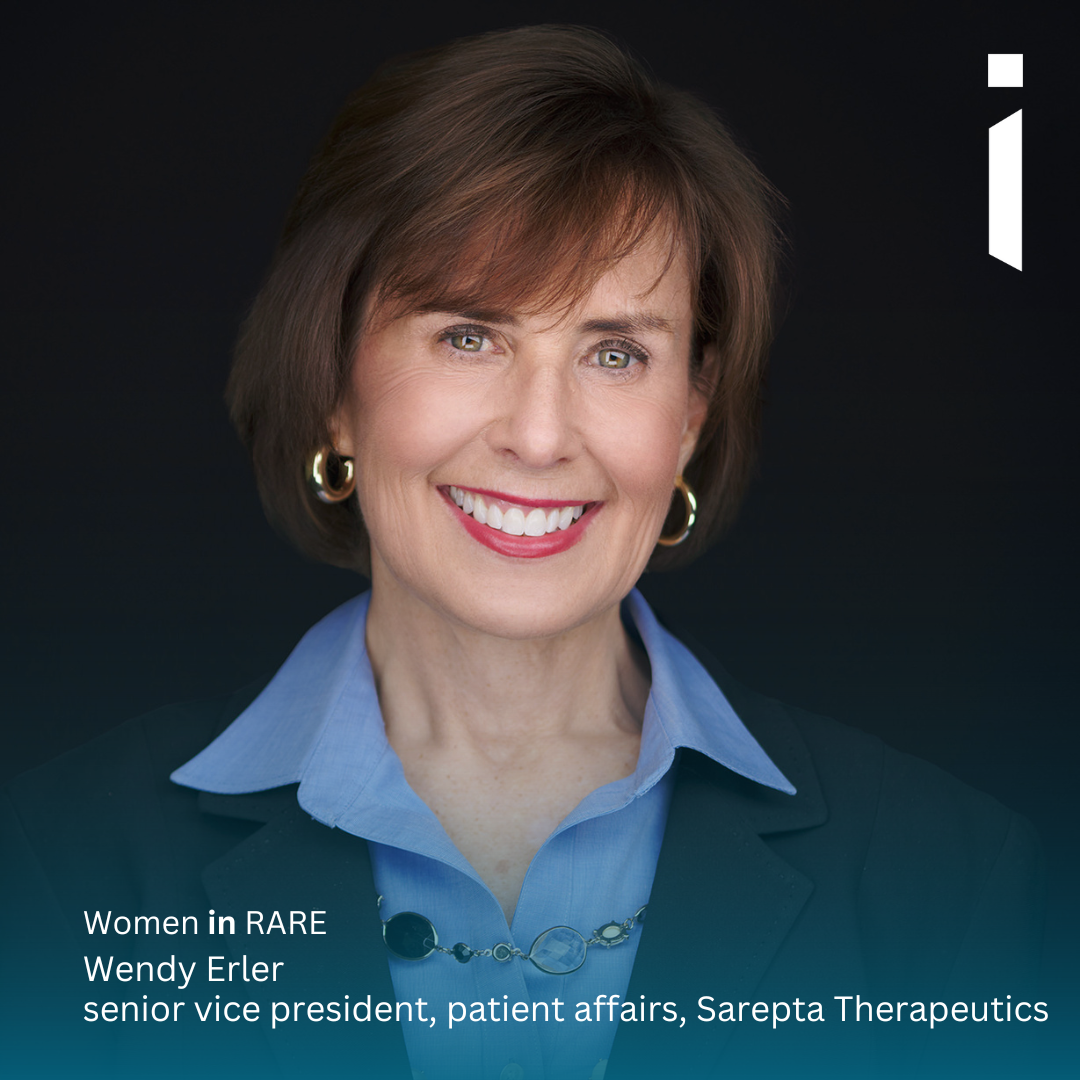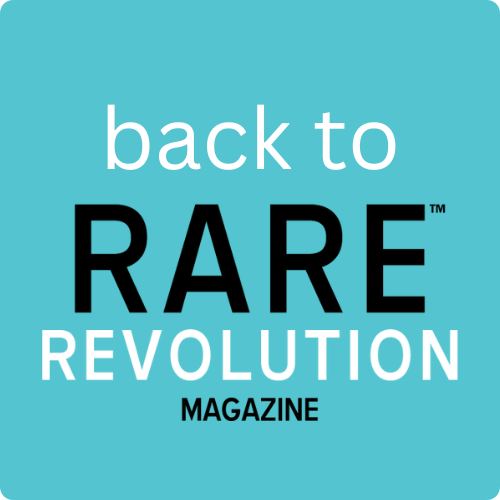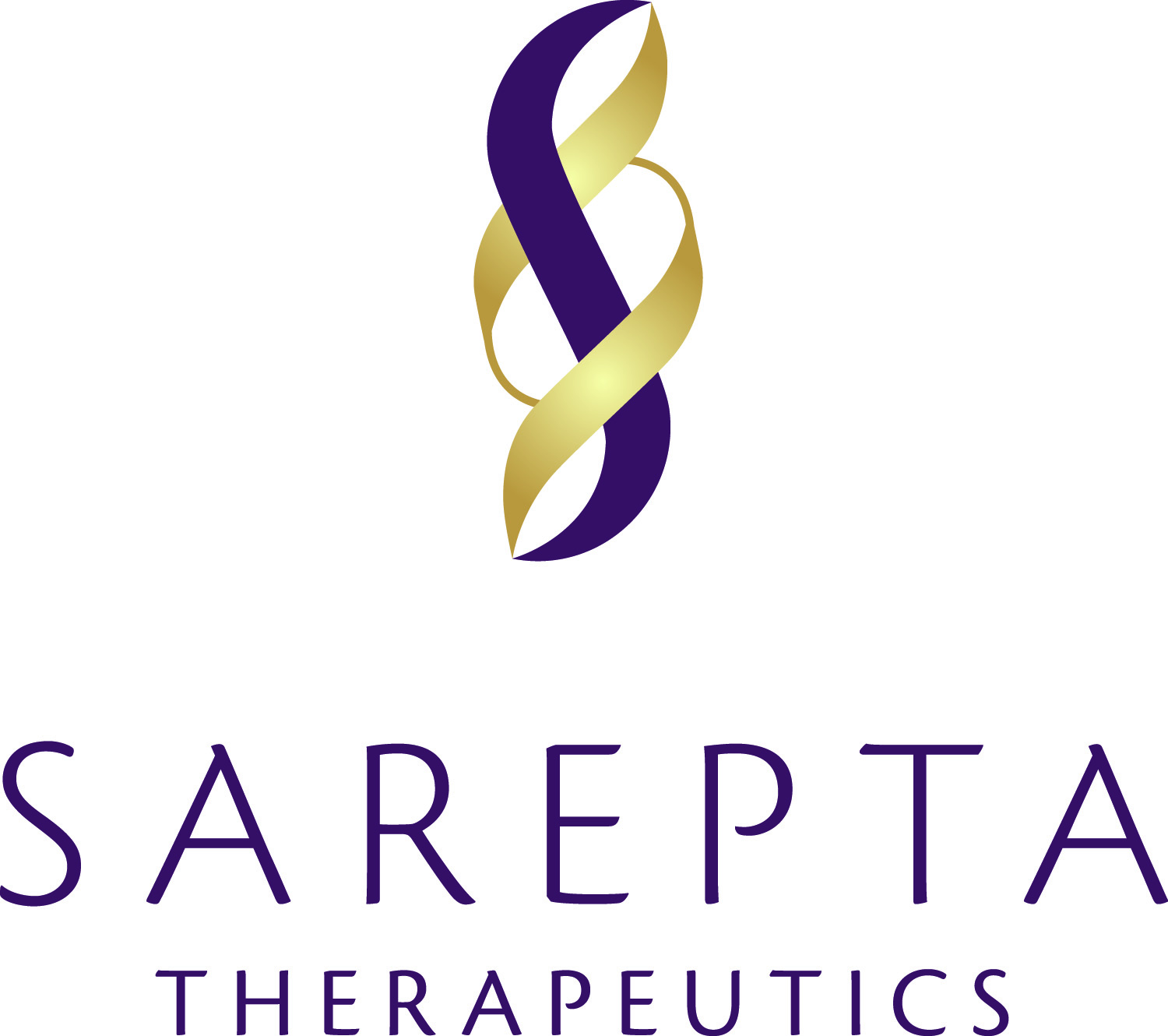Wendy Erler of Sarepta Therapeutics
Estimated reading time: 7 minutes

“Innovation has the potential to be life-changing. But to fully realise that we must place patients at the centre of everything we do. Not just in words, but with action. That belief has guided me through every role I’ve held and remains the foundation of my commitment.”
Wendy Erler is an executive leader in patient advocacy, with a career defined by leading work to ensure rare disease communities have a central voice in drug development and patients are connected to the resources, services and support they need.
As senior vice president of patient affairs at Sarepta Therapeutics, she leads efforts to embed patient-centred outcomes across clinical development and commercialisation. Previously, she led the global patient experience function at Alexion, AstraZeneca Rare Disease, building an enterprise-wide model for integrating patient insights into corporate strategy. At Wave Life Sciences, Wendy established both the patient advocacy and commercial functions, guiding the company’s transition from preclinical to clinical stages.
Her earlier roles at Biogen spanned sales, commercial and drug development, culminating in leadership of patient advocacy within public affairs. Wendy’s experience includes establishing newborn screening imperatives, adaptable and inclusive clinical trial design, and health technology assessments, always with a steadfast commitment to elevating the patient voice.
What motivated you into your chosen career path?
From the start of my career in pharmaceuticals as a field sales representative, I was drawn to the meaningful connections I made while delivering information and resources to support patients on their journey. At that time, “patient advocacy” was not yet a defined role—but the need was clear. As patient communities grew stronger, more organised and more vocal, I felt a deep responsibility to ensure their perspectives were heard and valued. That motivation shaped my path and continues to fuel my work. I believe that by creating clear, intentional models to engage with patients—and by truly listening—we can drive better decisions, transparency and ultimately, better outcomes. Innovation has the potential to be life-changing. But to fully realise that we must place patients at the centre of everything we do. Not just in words, but with action. That belief has guided me through every role I’ve held and remains the foundation of my commitment.
What do you see as some of the opportunities as a woman in your field?
As a woman in biotech and executive leadership, particularly in the field of strategic patient advocacy, the opportunities to make a meaningful and lasting impact—for patients and families, across the company and for the next generation of women leaders is tangible and purposeful. Patient advocacy is rooted in empathy, communication and collaboration—areas where diverse leadership, including women, brings tremendous strength.
Women often lead with emotional intelligence and a systems-level view, which aligns well with the cross-functional, relational nature of patient engagement. We can shape how our industry listens, learns and acts on the voices of patients and caregivers.
In rare diseases especially, the work is deeply personal. Women in leadership roles can set a tone of compassion, integrity and purpose across an organisation. We have the chance to build inclusive cultures, prioritise underserved voices, and embed equity in how therapies are developed and delivered. Every organisational capability has a role to play. In patient advocacy, we take a long-term view to establishing trust and patient centric cultural norms that inform the business in the right way.
Mentorship and visibility. As more women rise to executive roles, we have a responsibility—and privilege—to mentor others, to create space at the table, and to advocate for diversity not as a metric, but as a value. Leadership in biotech is evolving, and women must help redefine what success looks like. Successful women leaders cultivate genuine relationships, both with their teams and across the organisation. We lead with authenticity, fostering trust and empowering others to bring unique perspectives to the table. Ultimately, women in this field can lead not just with expertise, but with heart—blending strategic vision with human impact. That is the kind of leadership rare disease communities need, driven by making real connection and establishing long term trust.
What are some of the barriers to success as a woman in your field?
One of the key barriers to success as a woman in biotech patient advocacy and executive leadership is the persistent underrepresentation of women in top decision-making roles. While patient advocacy often attracts more women than other areas in biotech, we still do not invest in the capability at the right level to ensure strategic impact. Often, if you look around the table, key functions are represented including R&D, commercial, legal, finance, etc. Planning and investment start early in these areas. In contrast, in many organisations, patient advocacy is pushed down in the organisation, is under-funded and viewed as a ‘nice to have’ versus a true critical function. Fundamentally, we are organised to deliver the results we get.
Patient Advocacy teams are frequently understaffed relative to the volume, complexity and urgency of the work. These teams are tasked with engaging diverse communities, gathering meaningful insights, navigating regulatory and compliance requirements, partnering cross-functionally and supporting both clinical development and commercialisation efforts. Yet, the size and resources allocated to these teams often do not reflect the strategic value of their work. As a result, teams are forced into a reactive and transactional mode—responding to requests, managing events, addressing urgent needs—rather than building the long-term, trust-based relationships and infrastructure that patient communities deserve.
Strategic planning, insight integration, and innovative partnership models are harder to prioritise when bandwidth is limited and teams are stretched thin. This under-resourcing creates a cycle where the function is perceived as tactical because the team doesn’t have the space to demonstrate its full strategic potential. To break that cycle, organisations must invest in patient advocacy as a core function—not an add-on—staffing it appropriately, integrating it early and resourcing it for long-term impact. When done right, patient advocacy drives better science, better decisions and ultimately, better outcomes.
Women leaders spend a great deal of time managing emotions of the team and keeping energy high. Another challenge is balancing the emotional intensity of patient-centred work with the business demands of the industry.
Advocacy roles often involve deeply personal, emotionally charged interactions, particularly in rare diseases. Women in these positions may be perceived as “too emotional” or less strategic, even when they are driving high-impact work. This bias can make it harder to gain influence in boardrooms or leadership circles where data and profit tend to dominate the conversation.
What is one piece of advice you would give your 10-year-old self?
Find work that is meaningful and purposeful and work becomes passion. When I was ten years old, I led carnivals in my community to raise money for the Muscular Dystrophy Association. If I had known that I was planting seeds for a truly meaningful career journey marked by the most special relationships, engagements and learning, I would have told myself to keep at it. Advice I would give my 10-year-old self is to invest in people and relationships so you can help foster critical connections.
Can you tell us about your current work priorities and focus or a particular project you are working on?
Currently, I am leading the visionary development and implementation of an enterprise-wide patient centricity strategy designed to ensure that patient perspectives are consistently and systematically embedded across the entire medicines’ lifecycle. My focus is on building the infrastructure—processes, policies and frameworks—that supports a working environment where the patient voice directly informs corporate decision-making. To do this requires a team with unique capability and a strategic model with accountability across the organisation. This includes strengthening both internal and external trust through long-term engagement models and transparent, bi-directional communication.
We are committed to ensuring that patient insights are not just heard but meaningfully integrated into strategy, from early clinical development through commercialisation. Examples of areas of focus include optimising clinical trial design to improve outcomes and access, increasing transparency around information and data sharing, and broadening engagement to include caregivers, siblings and others impacted by rare diseases. I’m also focused on cultivating durable, authentic relationships with patient advocacy groups and championing their insights in ways that influence real change. At its core, this work is about creating a sustainable model for collaboration—one where patient experience is not an afterthought but a guiding force.
Connect with Wendy
Women in RARE is a celebration of women working in the RARE space in science, research, industry and advocacy. To access more Women in RARE articles click below.


